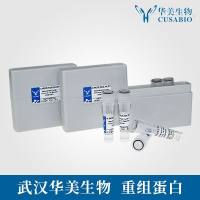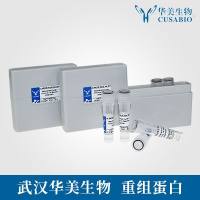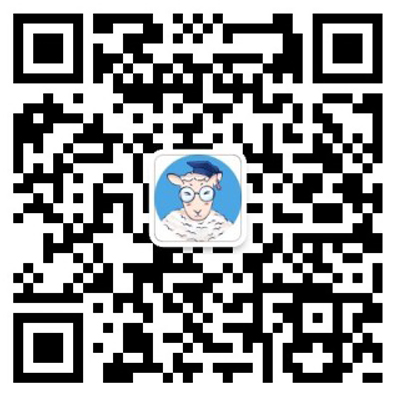The atomic force microscope (AFM) (Fig. 1 ) is one of a family of “scanning-probe” microscopes. It was developed by Binnig, Quate, and Gerber in 1986 (
1
) from the scanning tunneling microscope (STM), which was invented by Binnig and Rohrer in the first half of the 1980s (
2
). The STM produces images of surfaces of relatively highly electrically conductive specimens, and has primarily been used in the physical sciences. The AFM extends the technique of STM to nonconductive as well as conductive specimens, making it suitable for biological applications. AFM obtains information by transduction of a signal produced as a sharp probe moves across perturbations on a surface. The probe is typically pyramid-shaped, and is made from silicon nitride (Si
3
N
4
). It is mounted on a gold-coated, highly reflective, sprung cantilever. The probe is drawn back and forth in a raster pattern across a sample (prepared on a suitably flat substrate). This arrangement is shown in Fig. 2
A
. The figure shows the sample, suitably prepared and placed upon a piezoelectric scanner. The probe makes contact with the surface of the sample. The scanner can move in three dimensions, and is under electronic control via a computer. This control is such that the probe and sample can be positioned relative to each other in either the x or y raster dimensions or in the vertical z dimension very accurately, even down to the Angstrom level. A low-powered laser is focused onto the gold-coated cantilever and is reflected onto a series of photodiode detector elements.
Fig. 1.
A photograph of an atomic force microscope. The instrument is shown in front of a computer monitor for scale, and it is approx 28 cm in height.
Fig. 2.
Schematic diagrams of two models of AFMs. (
A
) shows the more convenonal type, as illustrated in
Fig. 1.
(
B
) shows a configuration designed to be placed own directly onto samples, which might be on the stage of an optical microscope.






